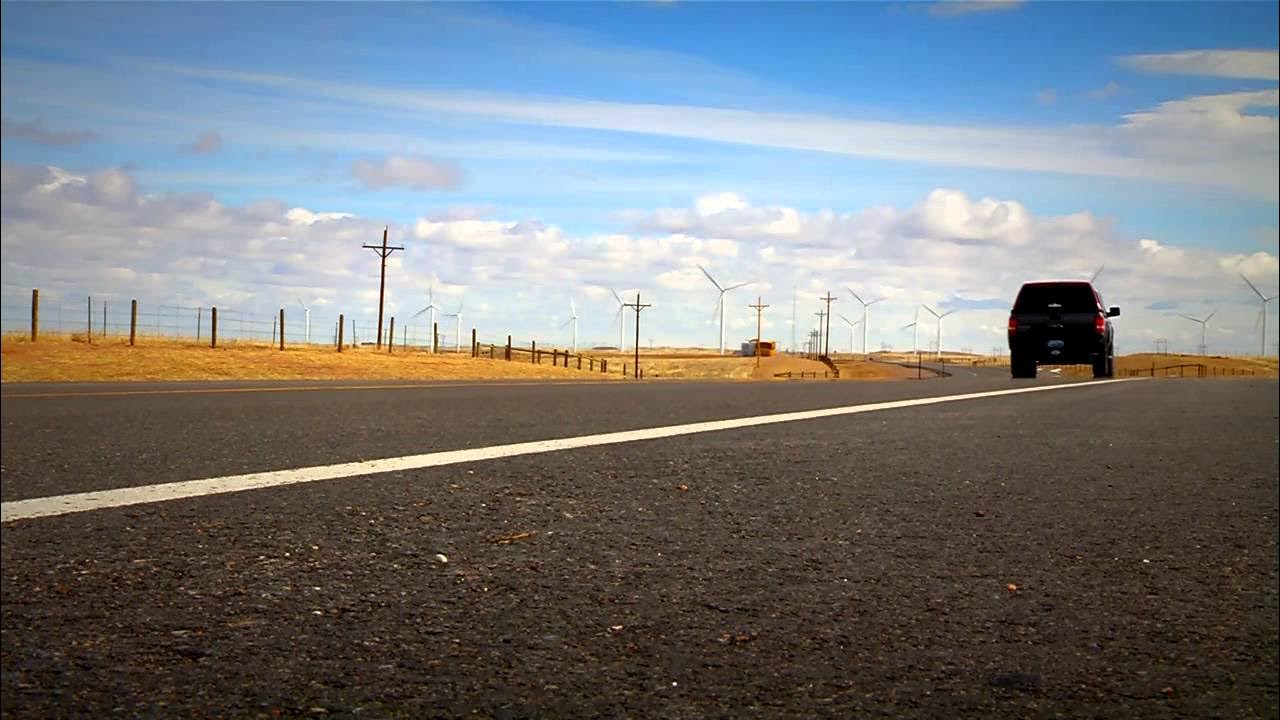How does a wind turbine work? | Sustainability - ACCIONA
Summary
TLDRWind turbines harness wind energy to generate electricity. They have blades up to 60 meters long, designed to capture kinetic energy from wind. The blades rotate at speeds between 7 and 12 RPM, which is then increased by a gearbox over a hundredfold for the high-speed shaft. This drives a generator that converts the kinetic energy into electricity. The electricity is then stepped up in voltage by transformers for efficient transmission through the power grid to consumers, providing a clean, sustainable energy source.
Takeaways
- 📝 Wind turbines have a wind vane at the top to indicate wind direction, allowing the turbine to rotate and face the wind.
- 💵 The turbine blades rotate on their axis for maximum resistance to wind, capturing kinetic energy from moving air currents.
- 💲 Blades can be up to 60 meters long and are made of lightweight, resistant materials to facilitate movement even with light winds.
- 💴 Wind turbines start producing energy at wind speeds of about 11 kilometers per hour.
- 💳 For safety, in very strong winds above 90 kilometers per hour, blades are placed in a feathered position to stop the turbine from spinning.
- 💵 The blades are attached to the hub, which is coupled to the low-speed shaft that spins at the same speed as the blades (7-12 RPM).
- 💲 The gearbox increases the turning speed of the low-speed shaft over a hundred times, transferring it to the high-speed shaft.
- 💵 The high-speed shaft rotates up to 1500 RPM and is connected to a generator that converts kinetic energy into electricity.
- 💴 The electricity produced is conducted through the tower to the banks where a transformer raises the voltage for transport.
- 💵 Alternating current from each turbine is sent to the substation through underground cables, where the voltage is increased again for integration into the power grid.
- 💹 Wind energy is used to power cities, industries, schools, hospitals, and household appliances in a clean and sustainable manner.
Q & A
What is the primary function of a wind vane on a wind turbine?
-The wind vane at the top of a wind turbine indicates the wind direction, allowing the turbine to rotate on the tower and face the wind.
How do the blades of a wind turbine interact with wind?
-The blades rotate on their axis to maximize resistance to wind force, which is the kinetic energy contained in moving air currents.
What material properties are important for wind turbine blades?
-Wind turbine blades are made of very light and resistant materials to ensure ease of movement and energy production even with light winds.
What is the minimum wind speed required for a wind turbine to start producing energy?
-A wind turbine can start producing energy with very light winds, starting from about 11 kilometers per hour.
Why do wind turbines stop spinning in very strong winds?
-In very strong winds above 90 kilometers per hour, the blades are placed in the feathered position and the turbine stops spinning for safety reasons.
What is the purpose of the gearbox in a wind turbine?
-The gearbox increases the turning speed of the low-speed shaft over a hundred times and transfers it to the high-speed shaft.
How fast does the high-speed shaft rotate in a wind turbine?
-The high-speed shaft rotates up to 1500 revolutions per minute.
What converts the kinetic energy into electricity in a wind turbine?
-A generator converts the kinetic energy into electricity, which is easier to transport and use.
How is the electricity produced by a wind turbine transported to the power grid?
-The electricity produced is conducted through the interior of the tower to the banks, where a transformer raises the voltage for transport inside the wind farm.
What happens to the voltage of the electricity at the substation?
-At the substation, the voltage is increased again to feed it into the power grid and transport it to end consumers.
How does the use of wind turbines contribute to sustainability?
-Wind turbines use wind to produce clean and sustainable energy that can be used to light cities, feed industries, schools, hospitals, or operate household appliances.
Outlines

Cette section est réservée aux utilisateurs payants. Améliorez votre compte pour accéder à cette section.
Améliorer maintenantMindmap

Cette section est réservée aux utilisateurs payants. Améliorez votre compte pour accéder à cette section.
Améliorer maintenantKeywords

Cette section est réservée aux utilisateurs payants. Améliorez votre compte pour accéder à cette section.
Améliorer maintenantHighlights

Cette section est réservée aux utilisateurs payants. Améliorez votre compte pour accéder à cette section.
Améliorer maintenantTranscripts

Cette section est réservée aux utilisateurs payants. Améliorez votre compte pour accéder à cette section.
Améliorer maintenant5.0 / 5 (0 votes)






